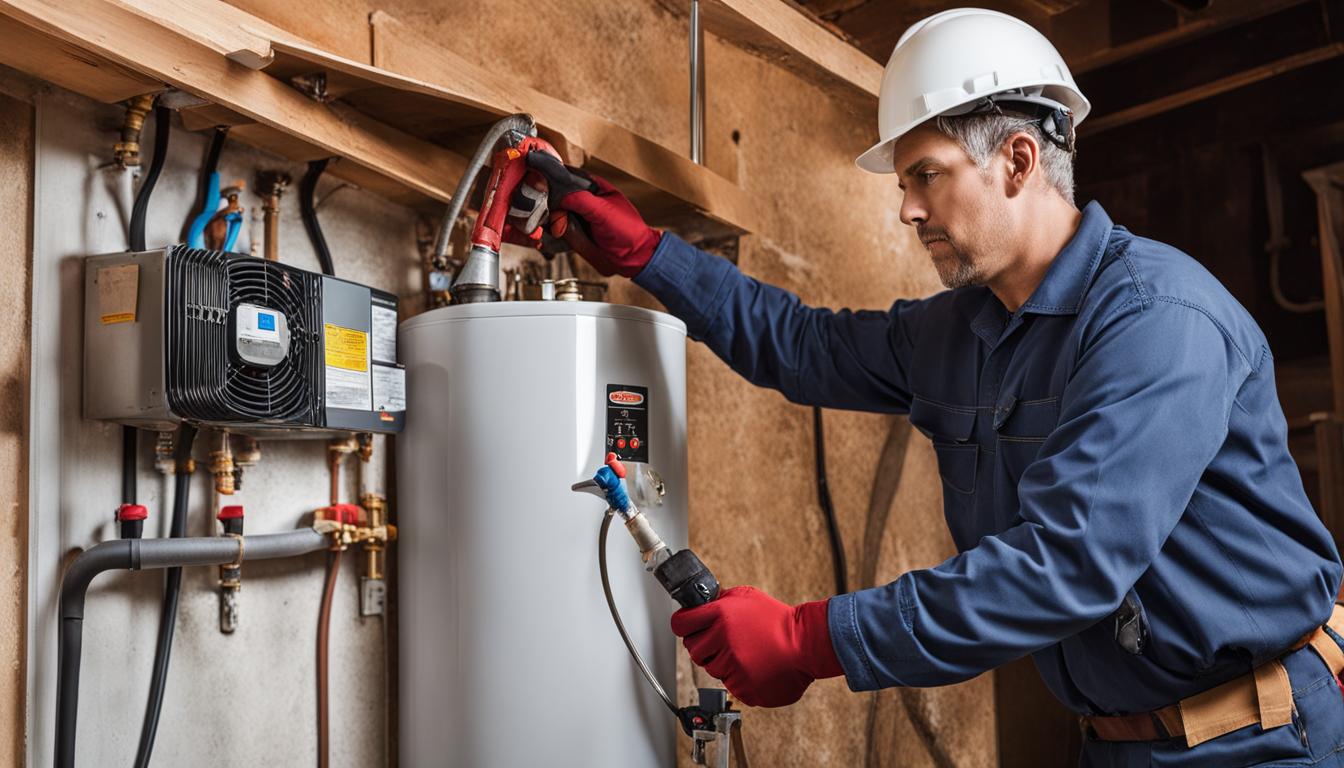Important Advice on Maintaining Your Home's Hot Water System
Important Advice on Maintaining Your Home's Hot Water System
Blog Article
Right here down the page you'll find a good deal of high-quality tips with regards to Tips For Maintaining Your Hot Water Heater.

Hot water is necessary for day-to-day comfort, whether it's for a revitalizing shower or washing meals. To ensure your warm water system runs efficiently and lasts longer, normal maintenance is vital. This article supplies practical ideas and understandings on how to keep your home's hot water system to prevent disruptions and costly repair services.
Intro
Keeping your home's hot water system could appear daunting, however with a couple of easy actions, you can guarantee it operates smoothly for several years to come. This guide covers every little thing from recognizing your hot water system to DIY upkeep pointers and knowing when to hire professional assistance.
Significance of Preserving Your Hot Water System
Routine maintenance not only extends the lifespan of your hot water system but also ensures it runs efficiently. Neglecting upkeep can cause reduced efficiency, greater energy bills, and also early failing of the system.
Indicators Your Hot Water System Requirements Maintenance
Understanding when your warm water system needs focus can avoid significant problems. Look out for indications such as irregular water temperature, unusual sounds from the heater, or rustic water.
Recognizing Your Hot Water System
Prior to diving right into maintenance jobs, it's helpful to comprehend the standard components of your hot water system. Generally, this includes the hot water heater itself, pipelines, anode poles, and temperature level controls.
Month-to-month Upkeep Tasks
Regular monthly checks can help catch minor problems before they intensify.
Flushing the Water Heater
Flushing your water heater gets rid of debris accumulation, enhancing efficiency and prolonging its life.
Monitoring and Changing Anode Rods
Anode rods prevent deterioration inside the container. Checking and replacing them when broken is vital.
Examining and Adjusting Temperature Level Settings
Readjusting the temperature setups guarantees optimum performance and safety and security.
DIY Tips for Maintenance
You can execute a number of upkeep tasks on your own to keep your warm water system in leading condition.
Looking for Leakages
Regularly examine pipelines and links for leakages, as these can result in water damage and greater costs.
Testing Pressure Relief Valves
Checking the stress safety valve guarantees it functions properly and prevents extreme stress buildup.
Protecting Pipelines
Insulating hot water pipelines reduces warm loss and can conserve energy.
When to Call an Expert
While DIY upkeep is beneficial, some problems need specialist knowledge.
Complicated Problems Calling For Professional Assistance
Instances consist of significant leakages, electric troubles, or if your hot water heater is continually underperforming.
Regular Specialist Upkeep Conveniences
Specialist upkeep can consist of extensive evaluations, tune-ups, and ensuring conformity with security requirements.
Conclusion
Routine maintenance of your home's warm water system is vital for efficiency, long life, and expense savings. By complying with these suggestions and recognizing when to look for professional aid, you can make sure a trustworthy supply of warm water without unforeseen disturbances.
How to Maintain an Instant Hot Water Heater
Before tinkering with your hot water heater, make sure that it’s not powered on. You also have to turn off the main circuit breaker and shut off the main gas line to prevent accidents. Also turn off the water valves connected to your unit to prevent water from flowing into and out of the appliance. 2. When you’re done, you have to detach the purge valves’ caps. These look like the letter “T†and are situated on either side of the water valves. Doing so will release any pressure that has accumulated inside the valves while at the same time avoid hot water from shooting out and burning your skin. 3. When the purge valves’ caps are removed, you have to connect your hosing lines to the valves. Your unit should have come with three hoses but if it didn’t, you can purchase these things from any hardware or home repair shops. You can also get them from retail stores that sell water heating systems. Read the user’s manual and follow it to complete this task properly. When the hosing lines are connected, open the purge port’s valves. 4. You should never use harsh chemical cleaners or solutions when cleaning your unit. Make use of white vinegar instead. It should be undiluted and you’ll probably use about 2 gallons. 5. Now flush your water heater. This task should probably take about 40 minutes. We can’t give you specific directions for this because the procedure is carried out depending on the type, model and brand of your heater. With that being said, refer to the user’s manual. 6. When you’re done draining the unit, you have to turn off the purge port valves again. Remove the hosing lines that you earlier installed on each of the water valves. Put the valve caps (purge port) back in their respective places and be very careful so as not to damage the rubber discs that are found inside these caps. 7. Now that everything’s back in place, check your user’s manual again to find out how to reactivate your water heating system. 8. Once it is working, turn one of your hot water faucets on just to let air pass through the heater’s water supply pipes. Leave the tap on until water flows smoothly out of it. https://www.orrplumbing.com/blog/2014/september/how-to-maintain-an-instant-hot-water-heater/

Do you really like reading about How to Maintain a Hot Water Heater in a Few Simple Steps? Give a remark below. We would be pleased to find out your views about this blog posting. We hope that you come back again in the near future. Be sure to take the opportunity to distribute this article if you enjoyed reading it. I treasure reading our article about Water Heater Maintenance Tips You Can't Afford to Forget.
Click Here Report this page